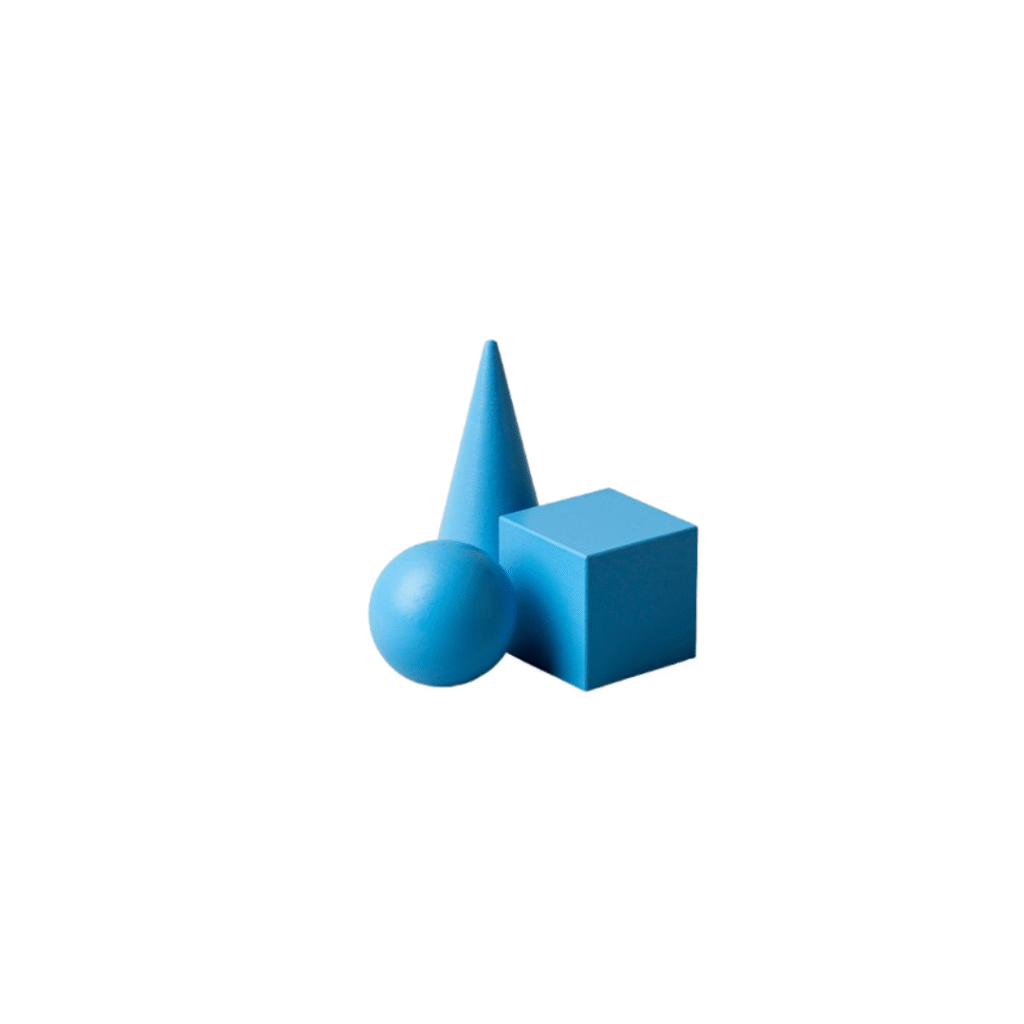Lens Explorer
Convex and Concave Lenses - Focal Length and Image Formation
Explore how convex and concave lenses form images by manipulating the object position and observing the light rays. Change lens type and adjust focal length to see how it affects the image formation!
Convex Lens
Object Distance
50 cm
Focal Length
20 cm
Observation:
Convex lenses converge light rays and can form both real and virtual images depending on object position. When the object is beyond the focal point, a real inverted image is formed.
Image Properties:
Image type: Real, Orientation: Inverted, Size: Smaller than object
The Science Behind Lenses
Key Concepts:
Lens behavior depends on their shape and the object's position relative to the focal point:
- Convex Lenses: Thicker in the center, converge light rays. Can form real or virtual images depending on object position.
- Concave Lenses: Thinner in the center, diverge light rays. Always form virtual, upright, smaller images.
- Focal Length: Distance from lens to focal point where parallel rays converge (convex) or appear to diverge from (concave).
Lens Formula:
1/f = 1/v - 1/u where f is focal length, v is image distance, and u is object distance (using sign conventions).


